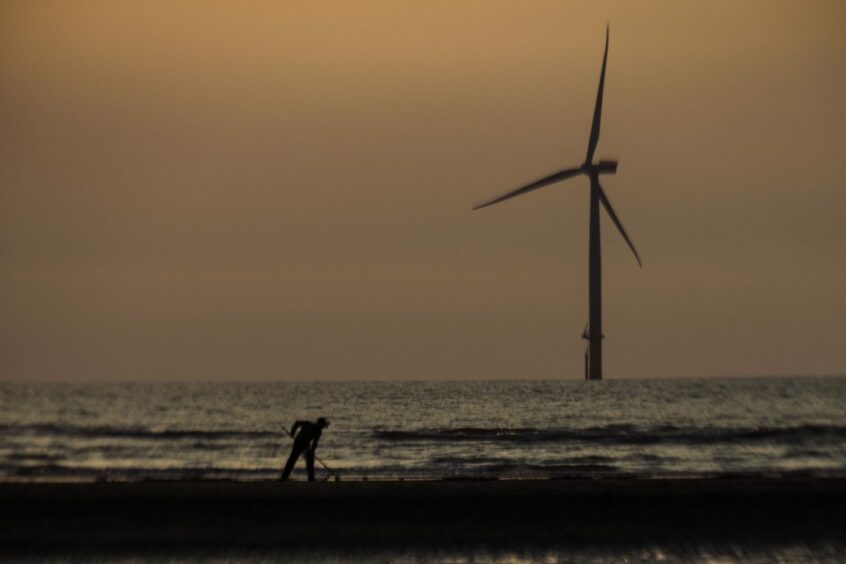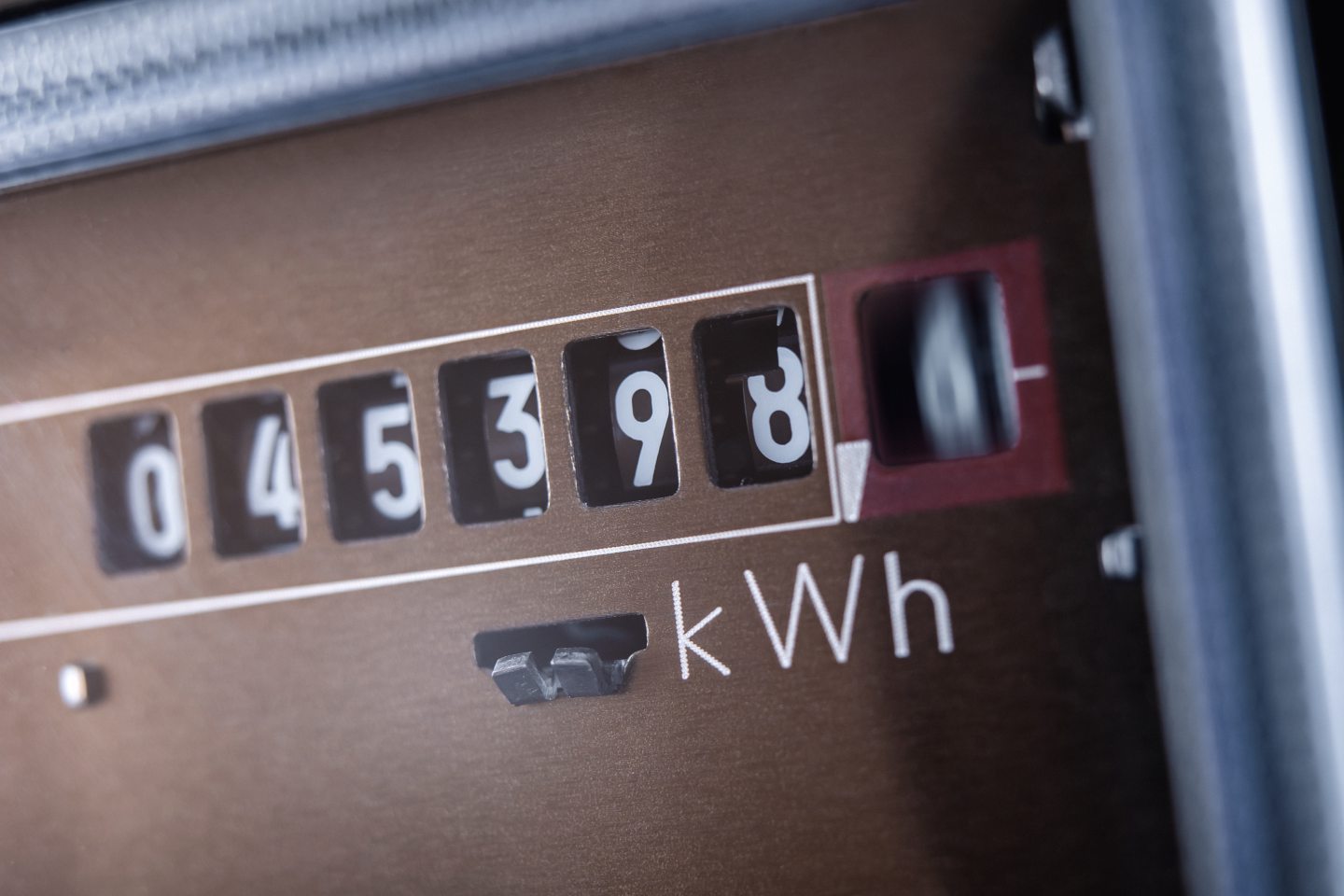
While the country cries out for cheap electricity, it seems perverse to fork out hundreds of millions of pounds to pay wind farm operators not to generate electricity.
And it is equally odd to allow renewables generators to make so much money from paying a price tied to the cost of gas that the government then imposes a windfall tax to claw back some of the surplus profits.
For Scottish consumers who see the evidence of more and more electricity coming from Scottish wind power, it seems unfair that the relative cheapness of renewables generation is not reflected in the bills we pay.
And so on. These are just three examples of why our electricity market arrangements are in rather urgent need of updating. They have been for a decade as it became apparent that the balance of generation, in terms of both geography and energy source, was changing radically.
Britain has remained tied to an obsolete model of power stations built close to heavy industry, which made sense at the time but is now hopelessly outdated. There’s a lot less heavy industry and there’s no place for coal-powered generation, which was the previous norm.
For all such reasons, conclusions from the UK Government’s Review of Electricity Marketing Arrangements – will attract much interest. The outcomes will be hugely significant for decades to come, not least in terms of investment in Scotland, and more so the further north you go.
However, there does not seem to be any great sense of urgency about the process now underway. The REMA consultation was opened by BEIS last July and closed in October.
“Engagement with the energy sector” will continue through 2023 and then there will be a “delivery plan from the mid-2020s in time to meet the Government’s commitment of a net zero power sector by 2035”. So nobody can accuse them of rushing it.
One obvious problem with this is that many investment decisions will be made long before then. Indeed the consultation paper estimated that “by 2027, existing or new support schemes could have locked in approximately a third of the capacity needed in 2035”.
These will be made on the basis of the system as it exists which is not encouraging for Scottish renewables, including the ScotWind programme. It is yet to be seen how many of these projects actually go ahead once the economics of transmission charges and availability of grid connections are built in.
Twenty years ago, as Energy Minister, I used to speak about the challenge of “re-wiring Britain” to take account of the transition to renewable power. Much of this would obviously be generated from peripheral places which were hitherto on the outer edges of the system rather than generators of power that needs to be carried to market.
The only reasonable conclusion is that not nearly enough has been done in the meantime either to recognise the changed balance or redress penalties for the periphery. These might have been arguable for under the old system but make no sense at all in terms of what is evolving.
I used to argue, not very successfully, for the “postage stamp principle” to apply to power generation – in other words, a generator anywhere in the country would face the same costs to get their product to market, which is mainly in the south. That was far too radical for Ofgem or many others to take seriously and I had to settle for capping the differentials.
At that time, the drive for renewables was seen by the power companies more as an imposition to be accommodated rather than a crucial part of our generating mix. All that has changed dramatically. The whole system needs renewables and must pay the cost of getting them from where they are generated to where power is consumed.
That reality has to be facilitated by government and its regulator, rather than obstructed or prevaricated upon. There is no need to wait until 2027 or 2035 for reforms in the Electricity Marketing Arrangements. The key principles could be acted upon now, to be phased in over the next few years with investment to back them up.
But how are they to be paid for? Domestic and business consumers are already battered by energy prices that have soared in recent months. Surely the investment should come from big power companies that are going to make large profits from it, rather than the poor old end user?
In that context, I was startled to hear the chief executive of Equinor, Anders Opedal, saying the opposite. Energy bills will not return to where they were a year ago because there is “a kind of re-wiring of the whole energy system in Europe” required to accommodate the transition to renewables.
“This will require a lot of investment and these investments need to be paid for”, said Mr Opedal. And it seems they are to paid for in by the consumers. But hang on a minute.
Even if Russia hadn’t invaded Ukraine, forcing up energy prices, the same kind of investment would be needed to achieve the ‘re-wiring of Britain”. Was there never a plan for it be paid for other than through end-user bills?
That’s a question politicians should be asking before Mr Opedal’s alternative is baked into future assumptions.
Recommended for you

 © Shutterstock
© Shutterstock © Supplied by Ole J?rgen Bratland
© Supplied by Ole J?rgen Bratland